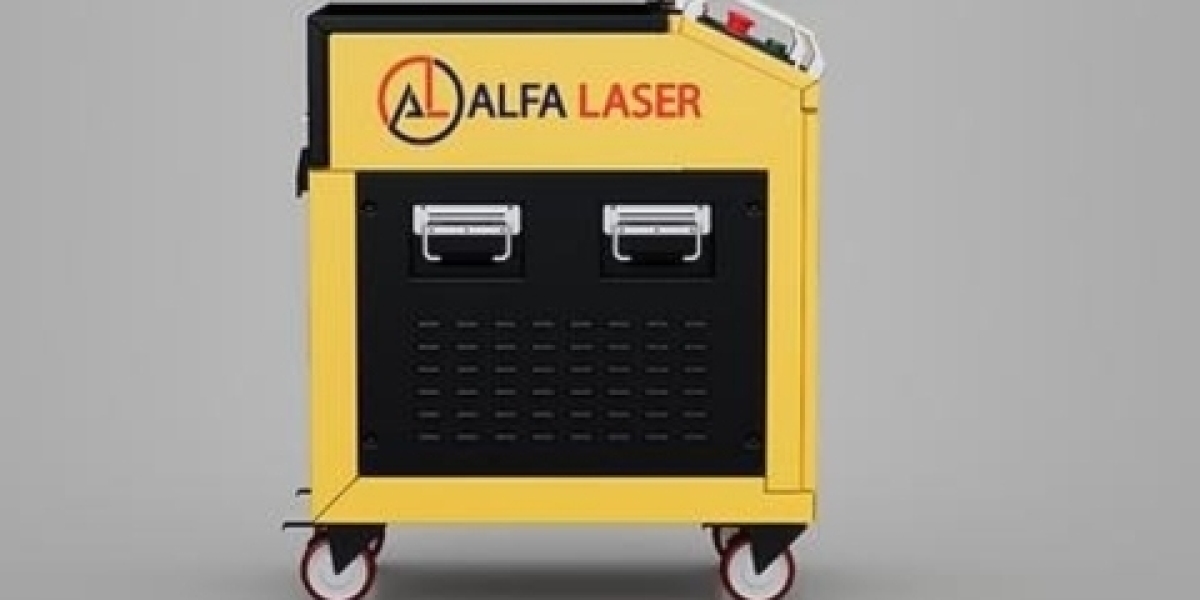In the realm of industrial cleaning and maintenance, traditional methods often involve chemical solvents, abrasive materials, or manual labor, each with their limitations and environmental concerns. However, with the advent of laser cleaning technology, a more efficient, precise, and eco-friendly alternative has emerged, revolutionizing the way surfaces are cleaned across various industries.
Understanding Laser Cleaning Technology
Laser cleaning utilizes high-intensity laser beams to remove contaminants, coatings, rust, and oxides from surfaces without damaging the underlying substrate. Unlike abrasive methods, which can wear down materials over time, laser cleaning offers a non-contact solution that preserves the integrity of delicate surfaces and reduces the need for costly rework.
Benefits of Laser Cleaners
Precision and Selectivity: Laser systems can target specific contaminants or coatings without affecting the surrounding material. This precision ensures thorough cleaning while minimizing material loss.
Environmentally Friendly: Laser cleaning is a dry process that eliminates the need for chemical solvents or abrasive media, reducing hazardous waste and environmental impact. It aligns with sustainability goals by promoting cleaner, greener industrial practices.
Time and Cost Efficiency: Compared to traditional methods, laser cleaning is faster and requires less labor-intensive preparation. It reduces downtime and operational costs, making it a cost-effective solution in the long run.
Versatility: Laser cleaners can be adapted for use across various materials, including metals, plastics, composites, and ceramics. They find applications in industries ranging from automotive manufacturing and aerospace to conservation and restoration of cultural heritage.
Applications in Various Industries
- Automotive Industry: Preparing metal surfaces for welding, coating, or inspection without leaving residue.
- Aerospace Sector: Cleaning turbine blades, engine components, and structural parts with precision.
- Heritage Conservation: Safely removing dirt, soot, and coatings from historical artifacts and monuments.
- Manufacturing: Ensuring cleanliness in semiconductor production and medical device manufacturing.
Future Trends and Innovations
The future of laser cleaning technology is marked by ongoing advancements in laser sources, automation, and integration with robotics. Innovations such as portable laser cleaning units and enhanced control systems are expanding the applicability of this technology across diverse industrial settings. Moreover, developments in fiber laser technology are driving improvements in efficiency and operational flexibility.
Conclusion
In conclusion, laser cleaning technology represents a transformative approach to industrial surface cleaning and maintenance. Its precision, efficiency, and environmental benefits make it a preferred choice for industries seeking sustainable solutions and operational excellence. As the technology continues to evolve, its applications are expected to grow, further enhancing productivity and setting new standards in surface treatment methodologies.









